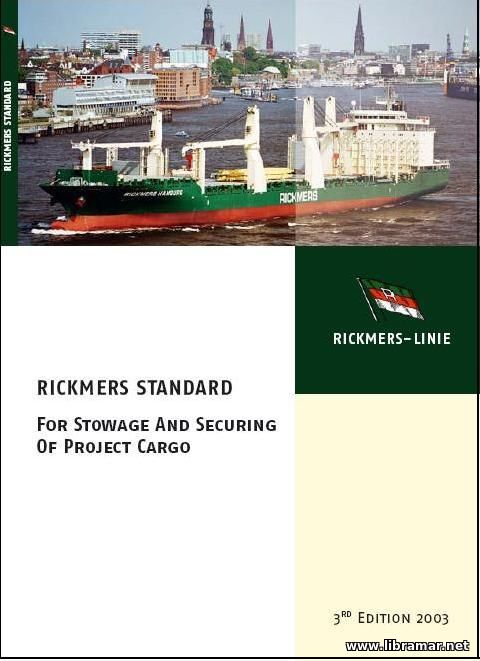Introduction to Exploration

Let us have some talk about the offshore exploration of the hydrocarbons, i.e. oil and gas, in general. We are so happy to introduce the series of articles shedding some light on this interesting subject.
The readers will get to know so much more about the basic geology for a start, and after that we will start diving deeper and deeper in the drilling equipment and technology, from the very beginnings and up to such modern types as directional drilling. All systems and machinery pieces on board rigs will be explained in detailed, with the supporting images and videos, whenever required.
Spend some time reading these articles and make sure you have checked all of them, and we promise that you will see that your knowledge and understanding of the drilling technology and associated equipment and techniques has sufficiently expanded.
In the petroleum industry, which finds and recovers oil and gas from deep within the earth's crust, geology is fundamental. Petroleum occurs mostly in isolated, hard-to-find accumulations. The scientific study of the earth's history and its life, especially as recorded in the rocks of the crust, reduces the risk of drilling dry holes and lowers the cost of production by helping determine the most efficient way of drilling a well.
Knowledge of geology increases the total supply of petroleum by helping recover more of the resource in place. Petroleum geologists are most concerned with rocks formed in the earth's surface by processes closely associated with both climate and life. The way these rocks are created and changed, as well as how oil and gas form and accumulate in them, are the principal concern of the petroleum geologist. For a thorough understanding of these processes, it is necessary to look back in time-first, to the beginning of the modern science of geology; then, to the beginning of the earth itself.
Ancient geologists believed that the earth had been created all at once, complete with all its mountains, canyons, and oceans, in a single great cataclysm. In the 1700s, though, scientists began to understand that familiar natural processes, such as the accumulation and erosion of sediment, and "minor" cataclysms, such as earthquakes and volcanic eruptions, could account for all the features of the earth's crust-given enough time. Thus the doctrine of catastrophism was eventually supplanted by the theory of gradualism or uniformitarianism meaning, as Scottish geologist James Hutton put it two centuries ago, that "the present is the key to the past."
This concept of gradual change is central to modern geology. Today's geologists know that the Grand Canyon is the work of a powerful erosive agent, the Colorado River, over some ten million years, as you can see on the picture; that the Himalayas and the Sierra Nevada are growing loftier by a fraction of an inch each year, and have been doing so for millions of years; that Africa and America are moving away from each other about as fast as a fingernail grows.
The "Read Later" function allows you to add material to this block with just one click. Just click on the icon and read the articles that interest you at any convenient time.


